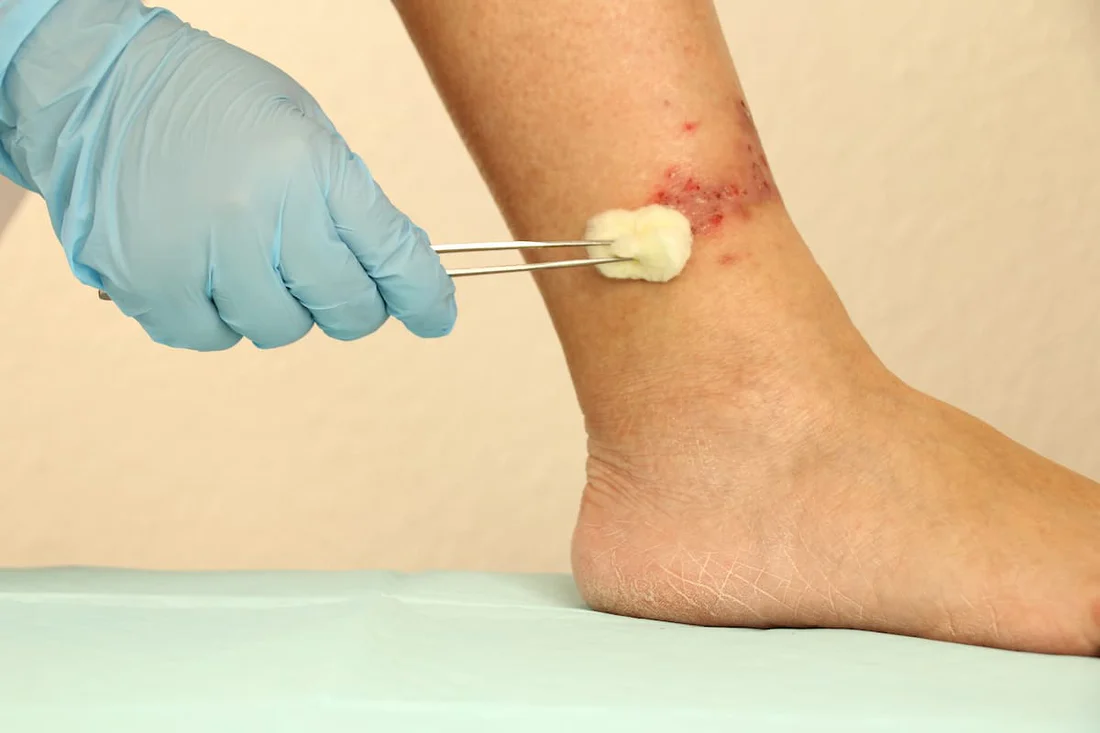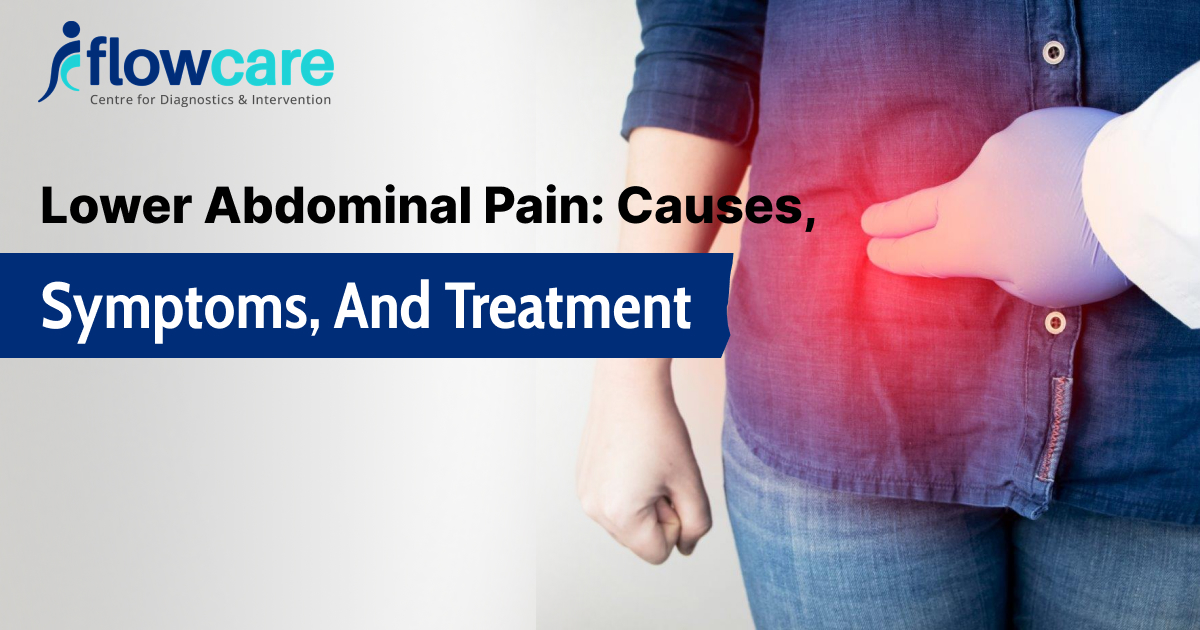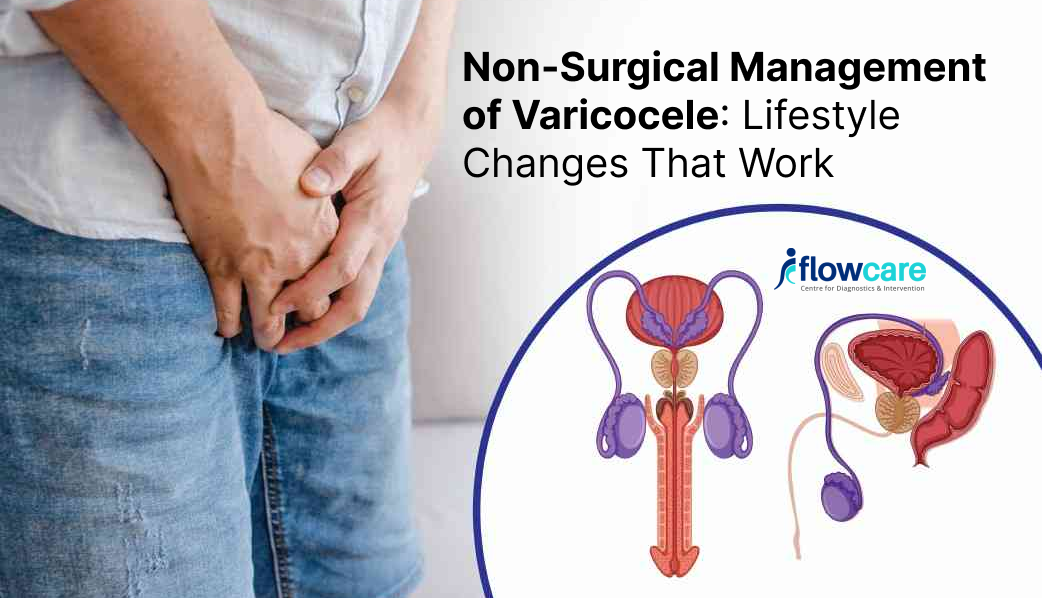
New Treatment for Leg Ulcers: Advances in Venous and Arterial Ulcer Care by Dr. Rajendra Bansal
The consistent pressure on the legs has given birth to various issues and one such issue is leg ulcers. Leg ulcers are a painful condition that can significantly reduce a person’s quality of life. The leg ulcers are of two types including venous ulcers and arterial ulcers.
Venous ulcers condition occurs due to insufficiency of the veins, whereas arterial ulcers are caused by a reduction in blood flow in the arteries. However, the rapid technological change and intense medical research also resulted in novel therapies that provide hope to individuals suffering from chronic wounds. This article will cover new leg ulcer treatment alternatives that an individual can seek if suffering from the disease.
Understanding Leg Ulcers Mechanism
Before moving to therapies that have been introduced in the past few years, it is significant to get the fundamentals of leg ulcers. Venous ulcers are the most common form and often occur on the inner section of the lower leg. They arise when veins’ valves fail to work correctly due to consistent pressure being put on the stomach, blood pools and further increased pressure. This pressure can harm the skin and tissues, resulting in ulcers.
On the other hand, arterial ulcers are less common but more severe. They are caused by impaired blood flow in the arteries, which typically occurs due to some disorder like artery hardening. These ulcers are visible on the foot, heels, or toes and are characterised by acute pain and slow healing.
Innovations in Leg Ulcer Treatment
In recent years, several groundbreaking treatments that address both venous and arterial ulcers have been introduced. His approach focuses on improving blood flow, promoting healing, and reducing pain. Here are some of the key advancements:
Compression Therapy
On the list of most effective innovative leg ulcer treatments, compression therapy tops the list. This is the most common treatment alternative for treating venous ulcers. It includes applying pressure to the legs with specially tailored stockings or bandages. The advancement in the medical field has created new forms of compression garments that are more comfortable and effective, resulting in improved patient compliance.
Benefits
- This improves blood flow and reduces oedema.
- Quick and provide an accurate result
- Minimal pain
- Highly effective for venous ulcers
Advanced Wound Dressings
This innovative treatment replaces traditional wound dressings with more modern alternatives that facilitate speedier healing. Under this alternative, a moist environment is produced which accelerates the healing process. In addition, silver-impregnated dressings are used to avoid infection.
Benefits
- Faster healing
- Protect the wound
- Reduce infection risk
- Provide required moisture to the effective areas
- Effective for arterial ulcers
Hyperbaric Oxygen Therapy (HBOT)
HBOT involves breathing pure oxygen in an environment or room. This enhances the amount of oxygen in the blood, promoting healing and fighting infections. Many medical cases successfully implemented HBOT for patients with severe arterial ulcers, resulting in improved outcomes.
Benefits
- Shorter healing time
- Works for arterial ulcers
Minimally Invasive Procedures
To treat patients with severe venous insufficiency, the doctor uses minimally invasive techniques such as endovenous laser ablation (EVLA) and sclerotherapy. These procedures seal up damaged veins, diverting blood flow to healthy veins, and lowering the chance of ulcer development.

Benefits
- Effective treatment for venous ulcers
- Less painful
- High effective rates
- Fewer complications
Venom angioplasty is useful for chronic conditions like deep vein thrombosis in order to reduce the pressure on legs.
Arteria ulcers occur when oxygen level reduces in the blood to the legs. In case if medical treatment are not working properly then peripheral angioplasty needs to be done. Under this treatment, doctor openup the blocked artery in surgery.
Stem Cell Therapy
One of the most interesting advances in leg ulcer treatment is the use of stem cells, which are injected into the ulcer site. These cells may develop into a variety of tissues, facilitating regeneration and repair. Early data indicate potential improvements in both venous and arterial ulcers.
Benefits
- Prominent choice for both kinds of ulcers
- Tissue regeneration
- Quick healing
Nutritional Support
Proper nutrition is essential for wound healing. This emphasises the importance of a balanced diet rich in vitamins and minerals. Expert doctors like the Fowcare Centre for Diagnostic and Intervention director often work with nutritionists to develop personalized dietary plans for their patients, ensuring they receive the nutrients needed to support the healing process.
Benefits
- Highly effective treatment alternative for both types of ulcers
- No side-effects
- Natural healing
- Blend with other therapy.
Conclusion
The advancements in leg ulcer treatment represent a significant leap forward in medical care. Such innovative approaches, ranging from advanced wound dressings to stem cell therapy, have improved healing times, reduced pain, and enhanced the quality of life for many patients. From minimal pain to a high success rate are the major features of such treatments. As research continues, the future looks bright for those suffering from venous and arterial ulcers. To get the best treatment and consultation services, approach Dr Rajendra Bansal and his team. At Flowcare Centre for Diagnostic and Interventional enable you to get all the services under one roof from diagnosis, and medical screening to the best treatment.






